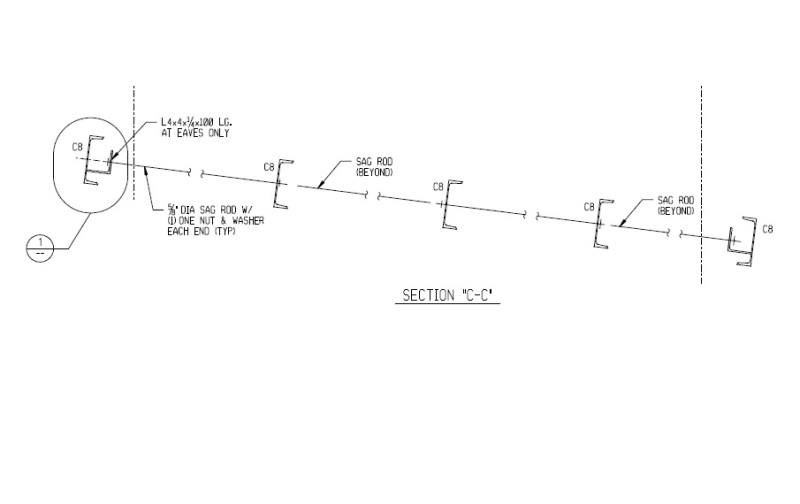delagina
Structural
- Sep 18, 2010
- 1,008
I'm looking at this monoslope roof sagrod configuration.
This is one of the goby drawings I have.
Does this type of sagrod configuration work?

This is one of the goby drawings I have.
Does this type of sagrod configuration work?

